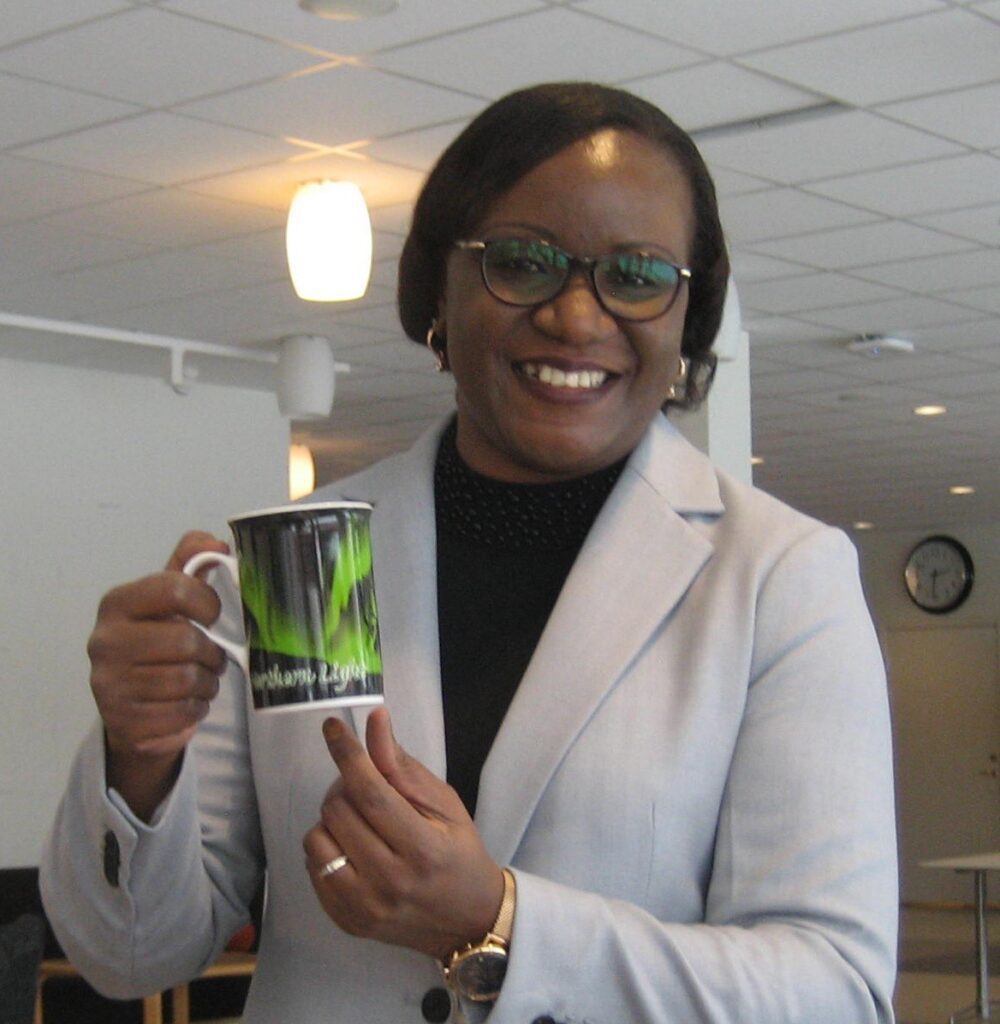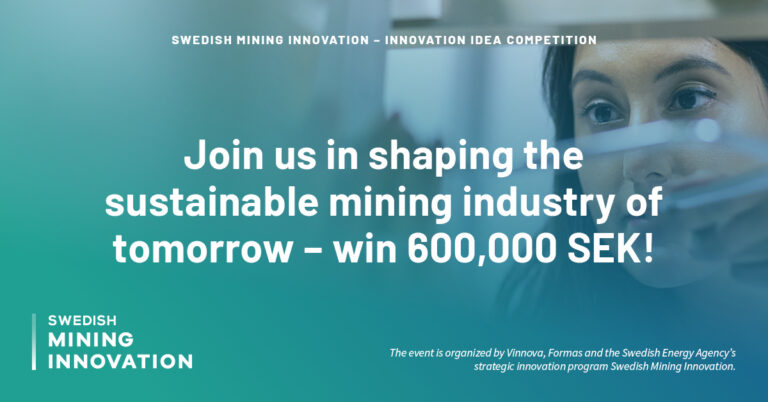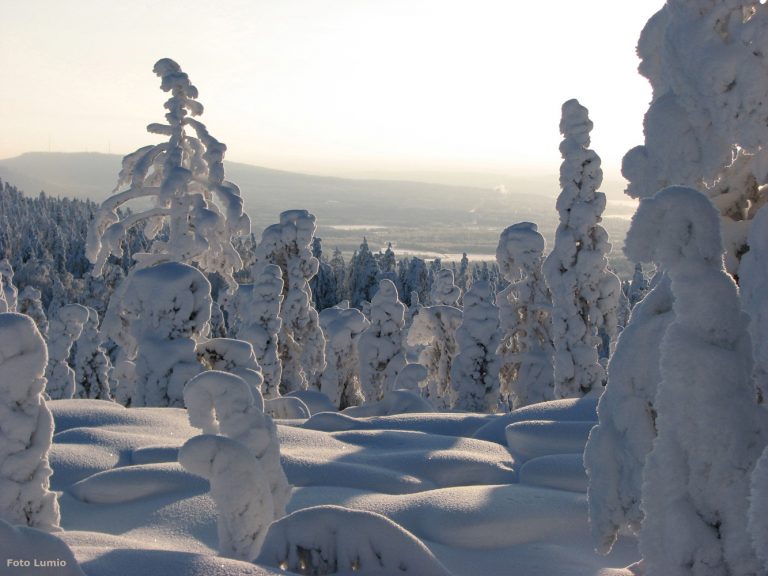On 22 February, Jane Mulenshi, member of Swedish Mining Innovation’s PhD student network, defended her dissertation “Reprocessing historical tailings for possible remediation and recovery of critical metals and minerals – The Yxsjöberg case” at Luleå University of Technology. We took the opportunity to ask her a few questions about how it feels and how she sees the future!
Hi Jane and congratulations! How does it feel to be ready?
Hello and thank you so much! It feels so great to be done with my doctoral studies!!!
You have chosen to become an expert in an area that is incredibly relevant and important for the future. How come you chose just that?
Well, being a Metallurgical Engineer who has worked in the mining industry for almost a decade, I have gained a deeper understanding of the challenges that the mining industry faces, with the large volumes of mining wastes it generates being one of them. So with the growing need for environmental sustainability in the mining industry, I purposed to be part of the solution, and I chose to focus on reducing the amount of harmful mining wastes through reprocessing.
What are the main results of your dissertation, and how can they be used?
In my dissertation, I proposed, defined and employed a conceptual framework for reprocessing historical tailings, which can be used to systematically generate relevant information and fill the knowledge gaps about historical tailings repositories. The conceptual framework can also be used to plan how mining waste should be deposited as a future secondary source of metals and minerals, and what information should be archived. For the Yxsjöberg case, the most effective and efficient reprocessing method was leaching while grinding, which is an innovative and sustainable method that has not been used before to recover W from these tailings. With this method, physical separation and flotation of scheelite would not be required prior to W extraction, and the consumption of NaOH would be low compared to conventional leaching,
What do you see as the most important challenges to solve in the future related to you research area?
Both primary and secondary sources of metals and minerals are becoming more complex hence improving and/or developing sustainable processes to treat such complex materials is one of the most important challenges to solve in Extractive Metallurgy.
What has been most exciting during your time as a doctoral student?
Seeing my research topic on tailings reprocessing gaining more international interest, and having my work recognised and awarded twice during my doctoral studies was really exciting and motivating! I was honoured and privileged to be one of three winners of the International Round Table on Materials Criticality (IRTC) research grant for in May 2019, and the winner of the Bergforsk scholarship for best licentiate thesis in March 2020!
What are you going to do now when you finish your PhD studies?
I will be working with both industry and academia, focusing on product and process improvement and development.
Where do you see yourself in 5 or 10 years time?
I see myself well established in research and development (R&D) where I will be providing a good and strong bridge for collaboration between industry and academia.
And finally Jane, you are a member of Swedish Mining Innovations PhD student network, what do you see as the benefits of being part of the network?
Swedish Mining Innovation PhD student network provides a good platform for interaction and collaboration with other PhD students doing mining related research, and with companies that are also potential employers.
Thank´s Jane, and the best of luck to you!
Read more
Swedish Mining Innovation Phd student network






